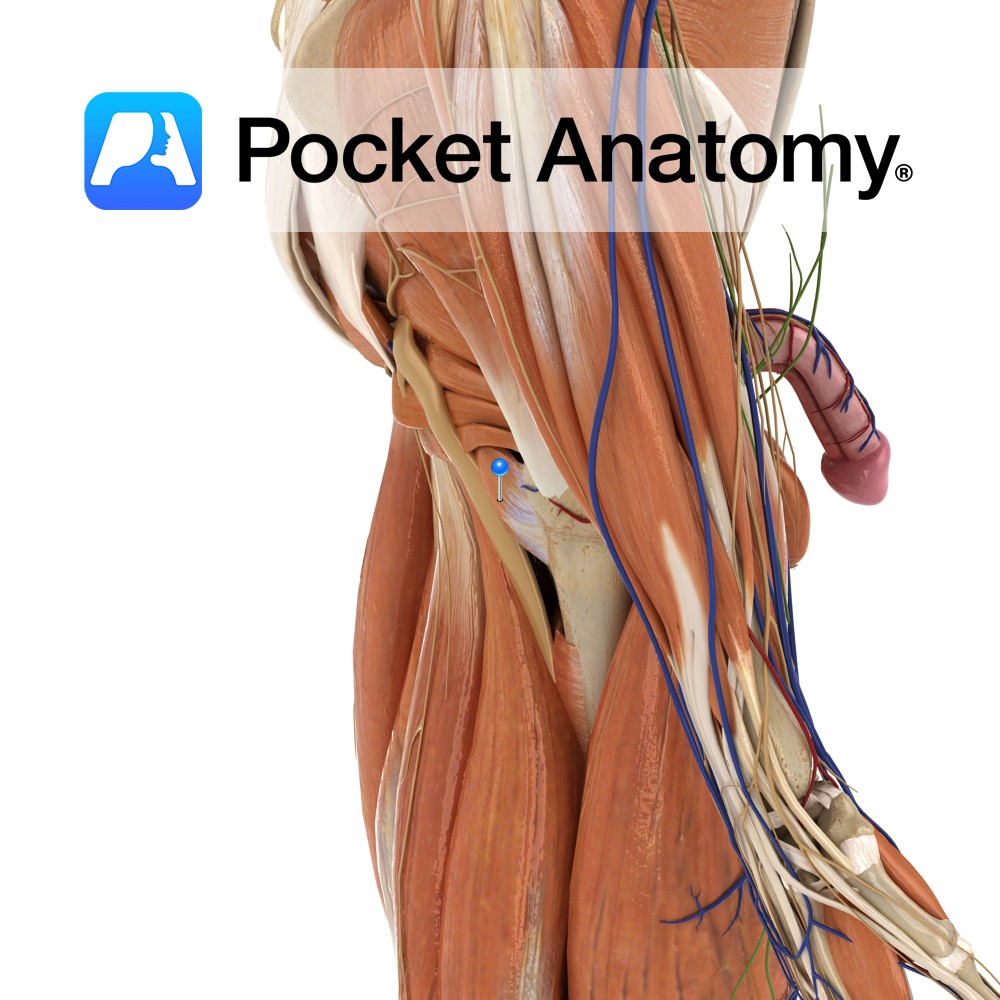Motion
The wrist (radiocarpal) joint is a multiaxial synovial ellipsoid joint. The distal end of the radius and the articular disc articulate with the proximal row of carpal bones (scaphoid, lunate and triquetral). The triangular articular disc is interposed between the distal end of the ulna and the carpus. The movements possible at the wrist joint are Flexion, Extension, Abduction (radilal deviation), Adduction (ulnar deviation), and Circumduction.
Due to the more proximal position of the ulnar styloid process, the range of motion of adduction is greater than abduction. The movements can be considered with those of the intercarpal joints as both the wrist and intercarpal joints take part in each movement and are acted on by the same muscles. In flexion there is more movement at the wrist joint, wheras in extension there is more movement at the intercarpal joints.
Stability
The joint capsule plays a role in the stability of the wrist joint.
The joint capsule is strengthened by a number of important ligaments including:
-Palmar radiocarpal ligament
-Palmar ulnocarpal ligament
–Dorsal radiocarpal ligament
–Ulnar collateral carpal ligament
–Radial collateral carpal ligament.
Muscles
Flexion:
Flexor carpi radialis
Flexor carpi ulnaris
Palmaris longus
Flexor digitorum superficialis
Flexor digitorum profundus
Extension:
Extensor carpi radialis longus
Extensor carpi radialis brevis
Extensor carpi ulnaris
Extensor digitorum
Extensor digiti minimi
Abduction:
Flexor Carpi Radialis
Extensor Carpi Radialis longus
Extensor Carpi Radialis brevis
Adduction:
Flexor Carpi Ulnaris
Extensor Carpi ulnaris
Circumduction:
Compund movement involving muscles which flex, extend, abduct and adduct.
Clinical
Fractures of wrist joint: Colles’ Fracture- During a fall on an outstretched hand especially in the elderly in whom the bones are weaker, the strength of the palmar part of the wrist joint capsule causes the upward, backward, and lateral displacement of the distal part of the radius.
Falls on the outstretched arm commonly produce two other injuries. The scaphoid which transmits the main force to the radius can fracture across its waist. Because its blood supply enters from distally the fracture may heal badly or the proximal part of the wrist joint may undergo avascular necrosis, therefore they must be immobilized carefully.
The lunate bone which articulates with the anterior sloping articular surface of the radius may also dislocate forward into the carpal tunnel and compress its contents.
Interested in taking our award-winning Pocket Anatomy app for a test drive?


.jpg)
.jpg)

